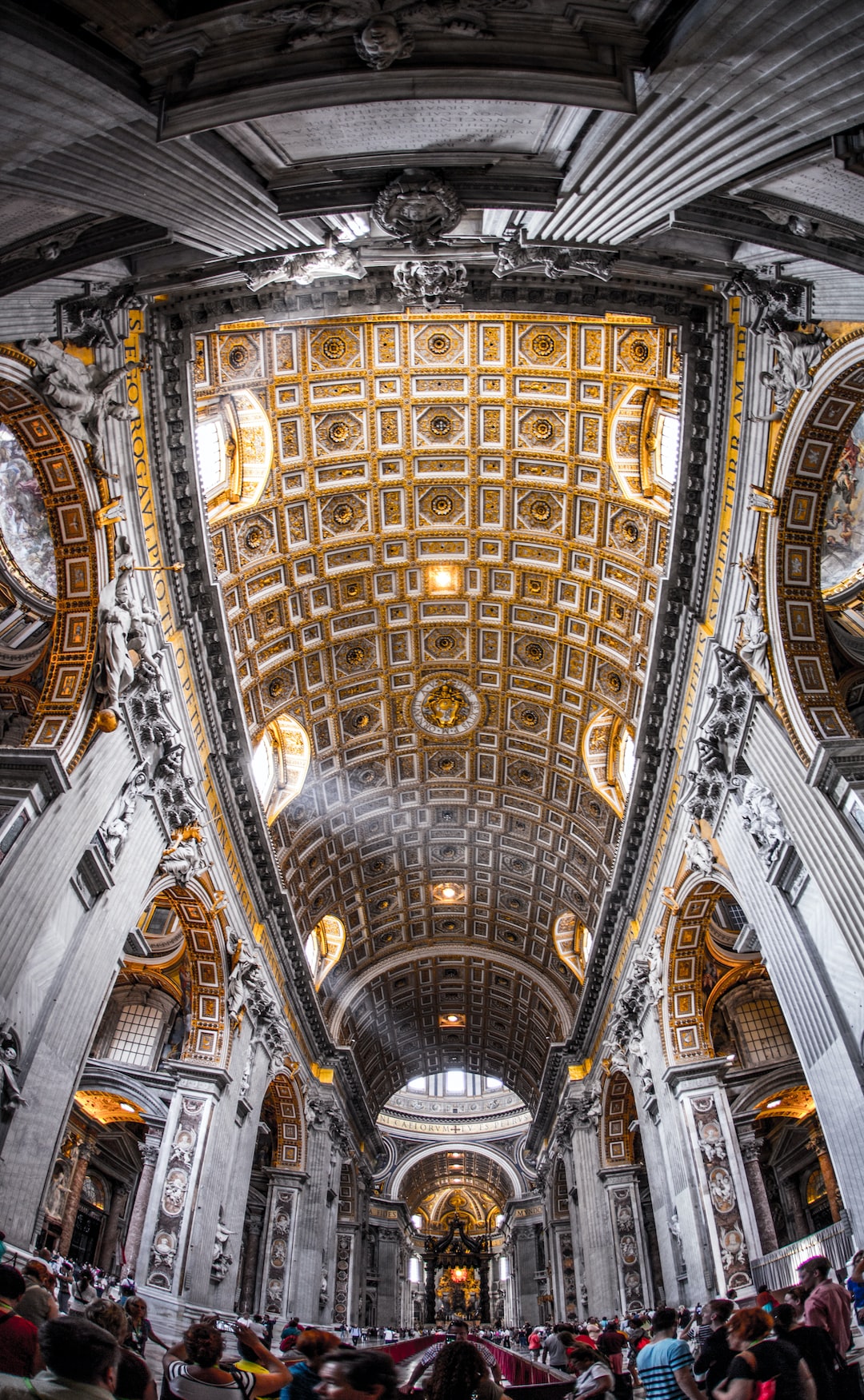The Power of Symbolism in Art: Unveiling Hidden Meanings
Art has been the language of the soul since the dawn of civilization. From prehistoric cave paintings to Renaissance masterpieces to modern abstract expressions, art has always served as a window into the human experience. One of the most captivating aspects of art is symbolism, the use of symbols to convey hidden meanings and messages. Symbolism in art has the incredible power to evoke emotions, provoke thoughts, and transport the viewer to realms beyond the surface. In this blog post, we will venture into the world of symbolic art, exploring its history, significance, and the profound impact it has on both the artist and the audience.
Symbolism in art dates back to ancient times when humans used pictorial representations to communicate ideas, beliefs, and stories. Egyptian hieroglyphics, for example, are a perfect example of art as a symbolic language. Throughout history, various cultures and civilizations have developed their unique symbolism, often rooted in religious or mythological concepts. The Greek pantheon with its gods and goddesses, the Chinese yin and yang, and the Christian cross are just a few iconic examples of symbols still resonating with us today.
Symbols in art are not merely decorative elements; they possess a deeper significance that goes beyond their visual appearance. Artists often use symbols to express complex emotions, concepts, or narratives that are difficult to convey with mere words. A flower, for instance, can signify beauty, innocence, or fragility, while a snake might represent temptation or evil. Through careful placement and composition, artists weave these symbols into their artworks, creating layers of meaning that invite contemplation and interpretation.
One famous example of symbolic art lies in Vincent van Gogh’s iconic masterpiece, “Starry Night.” On the surface, the painting depicts a tranquil nocturnal scene, with a small village, a swirling sky, and a majestic cypress tree. However, delving deeper into the artwork reveals a multitude of symbolic elements. The cypress tree, for instance, is often associated with mourning and death, while the swirling sky hints at Van Gogh’s turbulent state of mind during the time he painted it. “Starry Night” becomes not only a visual representation of a landscape but an embodiment of the artist’s emotions and struggles.
Symbolism in art also enables artists to convey social or political messages in a subtle yet powerful way. During the early 20th century, a movement known as Dada emerged as a response to the chaos and disillusionment brought about by World War I. Dada artists, such as Marcel Duchamp and Hannah Höch, used symbols and found objects to challenge traditional artistic conventions and critique societal norms. Their artworks, often absurd and provocative, aimed to provoke intellectual and emotional reactions, urging viewers to question and reflect upon the state of the world.
The impact of symbolism in art extends far beyond the artist’s intent; it engages the viewer in a process of personal interpretation and reflection. Artworks rich in symbolism invite us to unravel their hidden meanings, encouraging a deeper understanding of ourselves and the world around us. Each viewer may perceive a different significance in a symbol, depending on their individual experiences, beliefs, and emotions. This subjectivity allows art to transcend boundaries, bringing people together in a shared appreciation for the universal language of symbols.
Moreover, symbolism in art has the remarkable power to connect us with the past, to cultural heritage, and to collective human history. Symbols often carry an archetypal quality, tapping into the deepest layers of our subconscious and unlocking emotions that transcend time and place. The Egyptian ankhs and scarabs, for instance, still carry their ancient significance thousands of years after they were first used. By incorporating symbols into their art, artists become a bridge between the present and the past, ensuring that these eternal messages endure.
In conclusion, the power of symbolism in art cannot be understated. It serves as a window into the human psyche, allowing artists to express abstract ideas, emotions, and narratives. Symbols in art not only enhance the aesthetics of an artwork but also invite viewers to engage with deeper levels of meaning and understanding. This ability to evoke emotions, provoke thoughts, and transcend boundaries is what makes symbolic art truly extraordinary. As we continue to explore the world of art, let us embrace the power of symbolism, for it unveils hidden meanings and brings us closer to the essence of our shared humanity.

